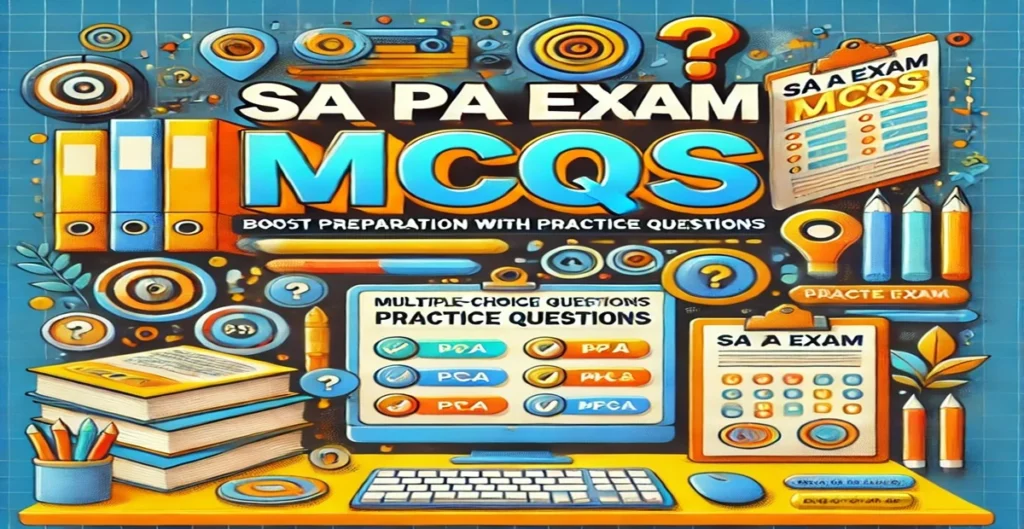Q11. What is a major advantage of using Government e-Marketplace (GeM) for procurement?
A) Decreased competition
B) Real-time transparency of transactions
C) Reduced competition among vendors
D) Increased government spending
[show_answer]The correct answer is: Real-time transparency of transactions [/show_answer]
Q12. How does e-Procurement enhance transparency?
A) It eliminates the need for auditing
B) All actions in the procurement process are recorded and auditable
C) It prevents vendors from viewing the bidding process
D) It eliminates government oversight
[show_answer]The correct answer is: All actions in the procurement process are recorded and auditable [/show_answer]
Q13. In which scenario is e-Procurement mandatory according to the CVC guidelines?
A) Only for contracts below a prescribed financial threshold
B) For all contracts regardless of financial value
C) For procurements above a prescribed financial threshold
D) Only for small-scale government procurement
[show_answer]The correct answer is: For procurements above a prescribed financial threshold [/show_answer]
Q14. How does e-Procurement benefit decision-making?
A) By delaying the decision process
B) By enabling faster submission, opening, and evaluation of bids
C) By reducing vendor participation
D) By increasing manual intervention
[show_answer]The correct answer is: By enabling faster submission, opening, and evaluation of bids [/show_answer]
Q15. Which of the following is NOT a benefit of e-Procurement?
A) Greater reach for vendors
B) Increased transaction costs
C) Faster decision-making
D) Reduced human intervention
[show_answer]The correct answer is: Increased transaction costs [/show_answer]
Q16. What role does the CVC play in ensuring the security of e-Procurement?
A) It enforces cybersecurity protocols to protect data
B) It allows free access to all procurement documents
C) It eliminates the need for digital signatures
D) It promotes physical submission of bids
[show_answer]The correct answer is: It enforces cybersecurity protocols to protect data [/show_answer]
Q17. What is one of the cybersecurity concerns regarding e-Procurement?
A) Reduced vendor participation
B) Security of sensitive data like bid documents and payment details
C) Increased risk of paper-based fraud
D) Lack of vendor information
[show_answer]The correct answer is: Security of sensitive data like bid documents and payment details [/show_answer]
Q18. What is the role of Digital Signatures in the e-Procurement process?
A) To reduce the number of vendors
B) To ensure the authenticity and security of the bids submitted
C) To increase transaction costs
D) To eliminate vendor choice
[show_answer]The correct answer is:To ensure the authenticity and security of the bids submitted [/show_answer]
Q19. The CVC periodically issues advisories and circulars to:
A) Increase procurement costs
B) Clarify procurement procedures and address emerging issues
C) Discourage the use of e-Procurement
D) Promote traditional procurement methods
[show_answer]The correct answer is: Clarify procurement procedures and address emerging issues [/show_answer]
Q20. What is a major disadvantage faced by some government agencies when transitioning to e-Procurement?
A) Increased paperwork
B) Technological barriers like lack of infrastructure
C) Faster decision-making
D) Decreased transparency
[show_answer]The correct answer is: Technological barriers like lack of infrastructure [/show_answer]
